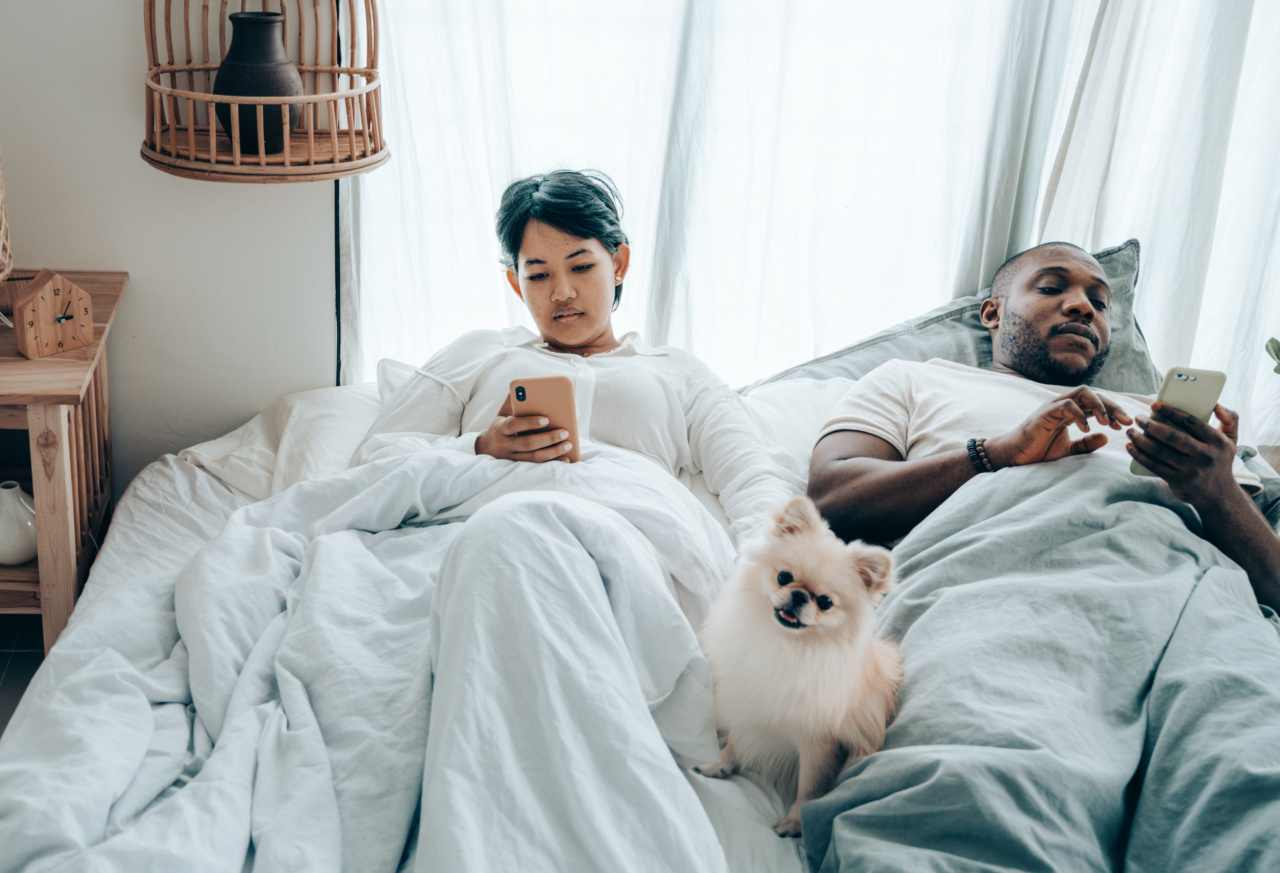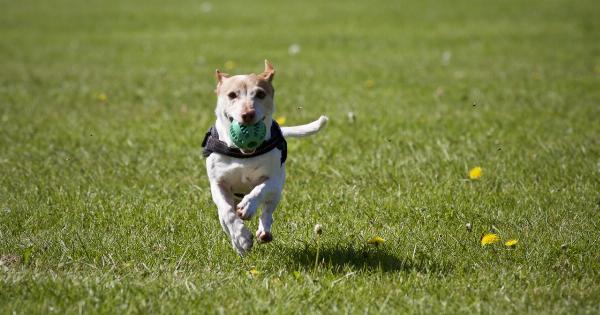Introducing your dog to social situations with other dogs is essential for their overall well-being. However, some dogs may feel anxious or overwhelmed when around unfamiliar dogs.
It is important to help your dog feel calm and comfortable in these situations to ensure positive interactions and prevent any potential aggression. In this article, we will provide you with useful tips to help calm your dog around other dogs.
1. Gradual Exposure
When introducing your dog to other dogs, it is crucial to start with gradual exposure. Begin by arranging a controlled meeting with a calm and friendly dog. Keep both dogs on a leash and monitor their body language closely.
If your dog shows signs of stress or aggression, create more distance between them and try again later. Slowly increase the time and frequency of these meetings as your dog becomes more comfortable.
2. Positive Reinforcement
Positive reinforcement is a highly effective technique in dog training. Reward your dog for calm behavior around other dogs using treats, praise, or toys. Whenever your dog remains calm and relaxed, provide them with rewards to reinforce this behavior.
Over time, your dog will associate being around other dogs with positivity and learn to stay calm on their own.
3. Maintain a Calm Demeanor
Dogs are sensitive to their owners’ emotions and can easily pick up on their anxiety or stress. When introducing your dog to other dogs, it is crucial to remain calm and composed.
If you show signs of nervousness, your dog is more likely to mirror those emotions. By staying calm and relaxed, you can help your dog feel at ease in social situations.
4. Use Body Language Signals
Canine body language plays a significant role in their communication. By understanding and responding to your dog’s body language signals, you can effectively calm them around other dogs.
A few important signals to notice include a relaxed body posture, wagging tail, and soft facial expressions. If your dog starts showing signs of tension or stress, remove them from the situation until they are calm again.
5. Slow Introduction
Instead of introducing your dog to a group of unfamiliar dogs all at once, opt for a slow introduction. Choose one calm and well-behaved dog to begin with. Allow them to interact on neutral territory while closely observing their behavior.
This gradual approach prevents overwhelming your dog and gives them a chance to acclimate to the presence of other dogs slowly.
6. Desensitization Techniques
Desensitization involves exposing your dog to triggers that cause anxiety in a controlled and gradual manner. In the context of socializing your dog with other dogs, desensitization techniques can be used to reduce their fear or stress.
Start by exposing your dog to distant sightings of other dogs, then gradually decrease the distance over multiple sessions. Reward your dog for remaining calm throughout the process.
7. Professional Training
If you find it challenging to calm your dog around other dogs on your own, seeking the help of a professional dog trainer or behaviorist is a wise decision.
They have the expertise and experience to assess your dog’s behavior and provide individualized training programs to address their specific needs. Professional assistance can significantly improve the social skills of your dog and help them navigate social situations effectively.
8. Controlled Leash Interactions
When walking your dog on a leash and encountering other dogs, maintaining control over the situation is crucial. Keep a safe distance between your dog and the other dog to prevent any unwanted interactions.
If your dog becomes anxious or reactive, calmly redirect their attention and continue walking. Training your dog to walk politely on a leash will also help them feel more secure and less reactive in these situations.
9. Create Positive Associations
Create positive associations with other dogs by offering treats or engaging in fun activities whenever your dog encounters them. This will help your dog associate other dogs with positive experiences instead of perceiving them as threats.
Gradually, your dog will become more relaxed around other dogs as they anticipate positive outcomes.
10. Patience and Persistence
Lastly, remember that each dog has their own unique personality and experiences. Some dogs may require more time and patience to feel comfortable around other dogs.
Be persistent in your efforts to socialize your dog and remain patient throughout the process. Celebrate small victories and acknowledge any progress your dog makes, regardless of how gradual it may seem.


























